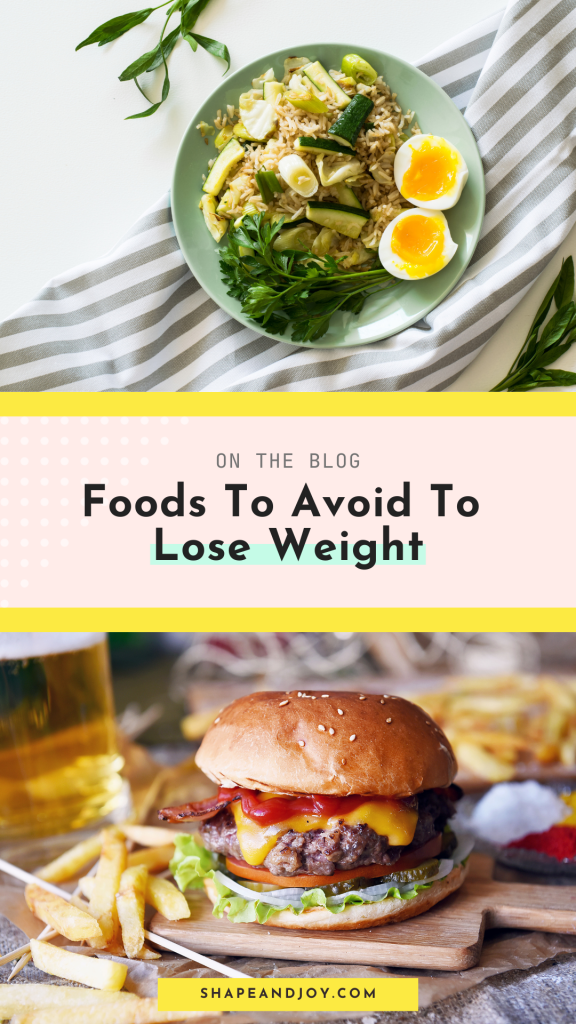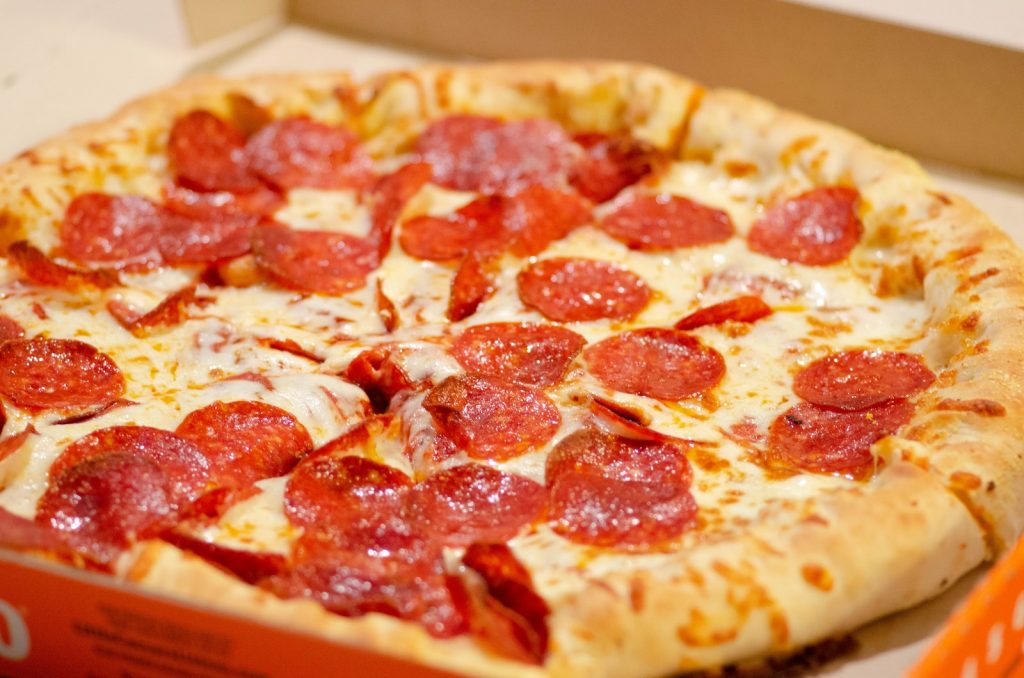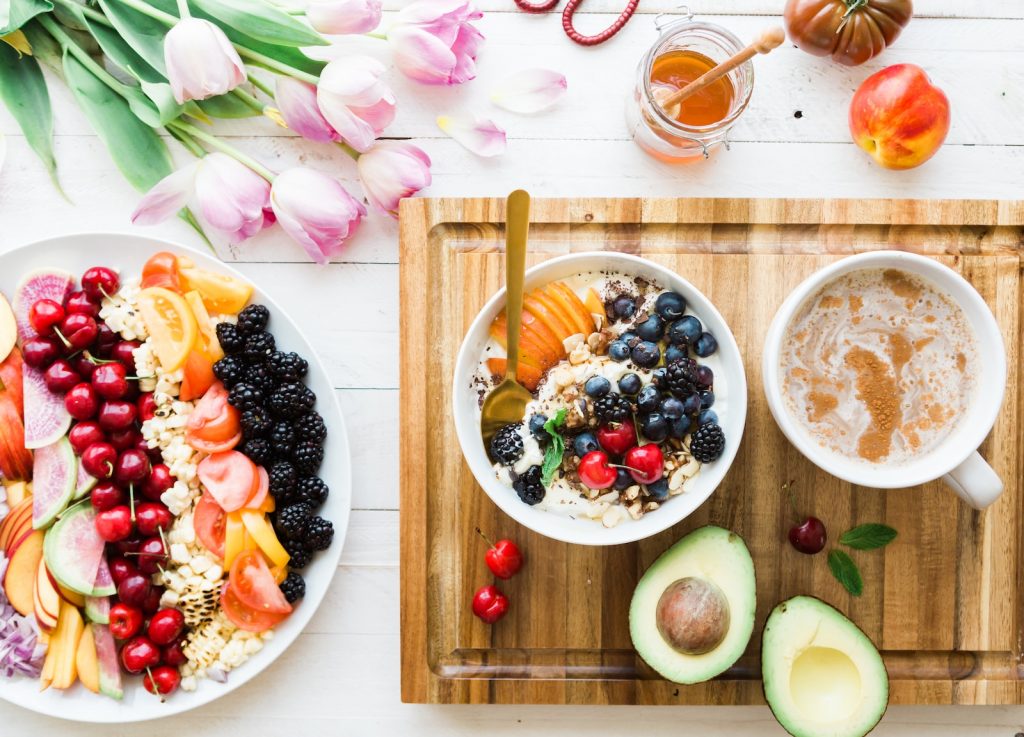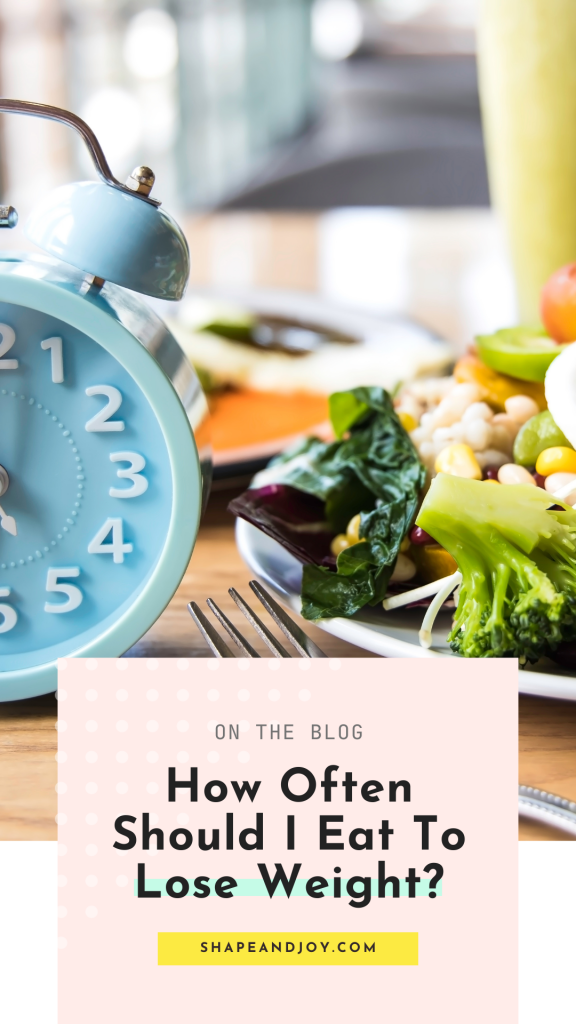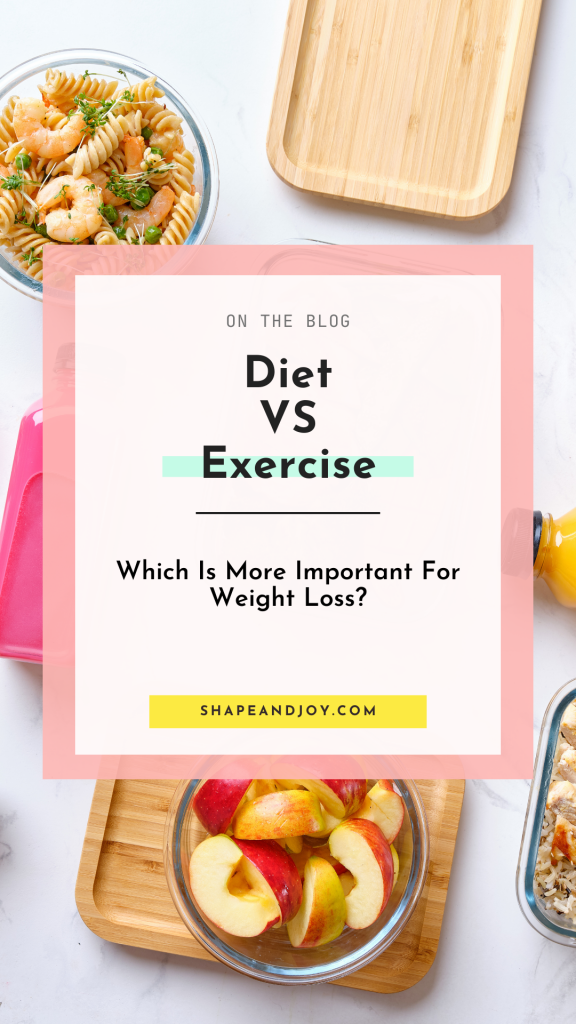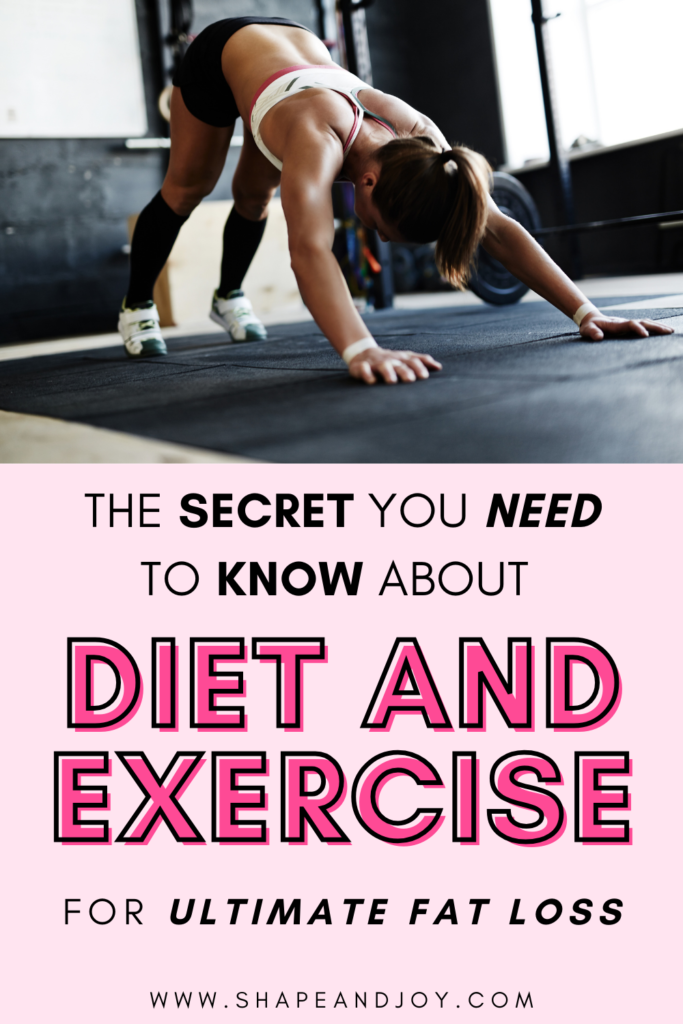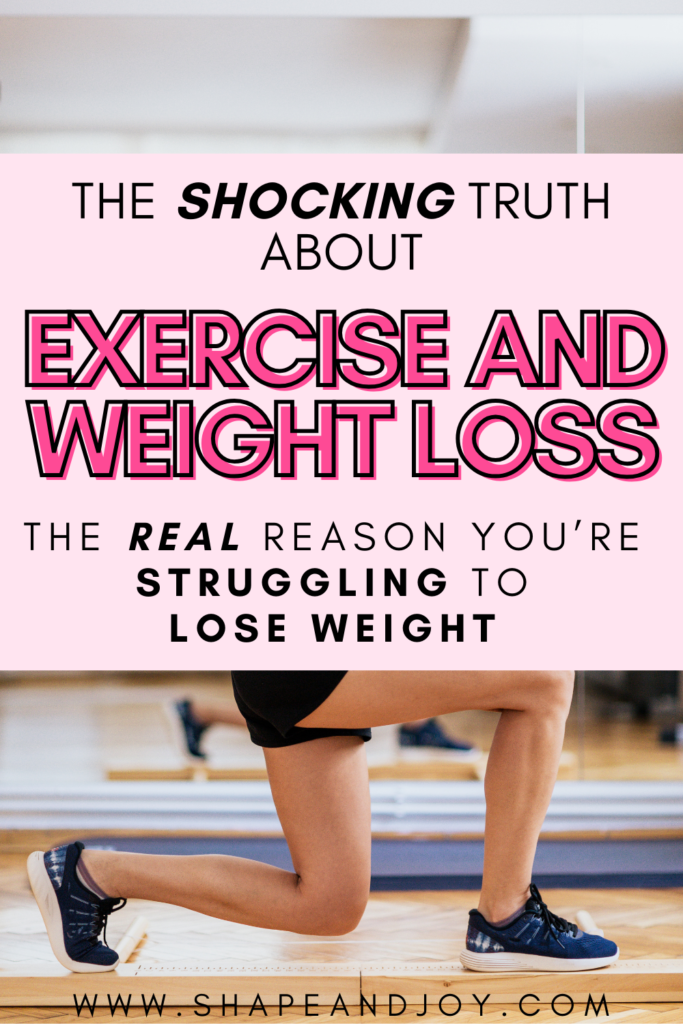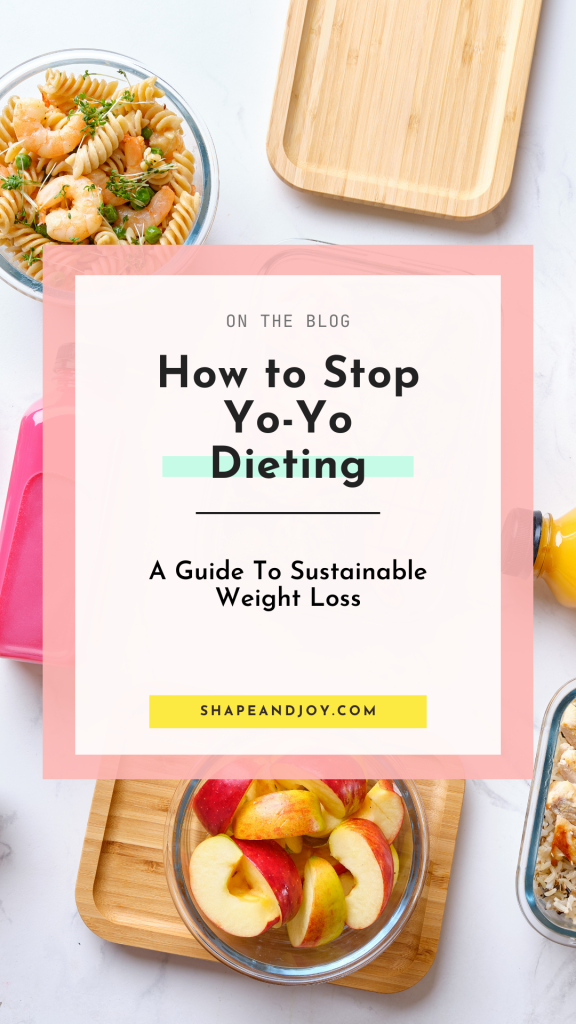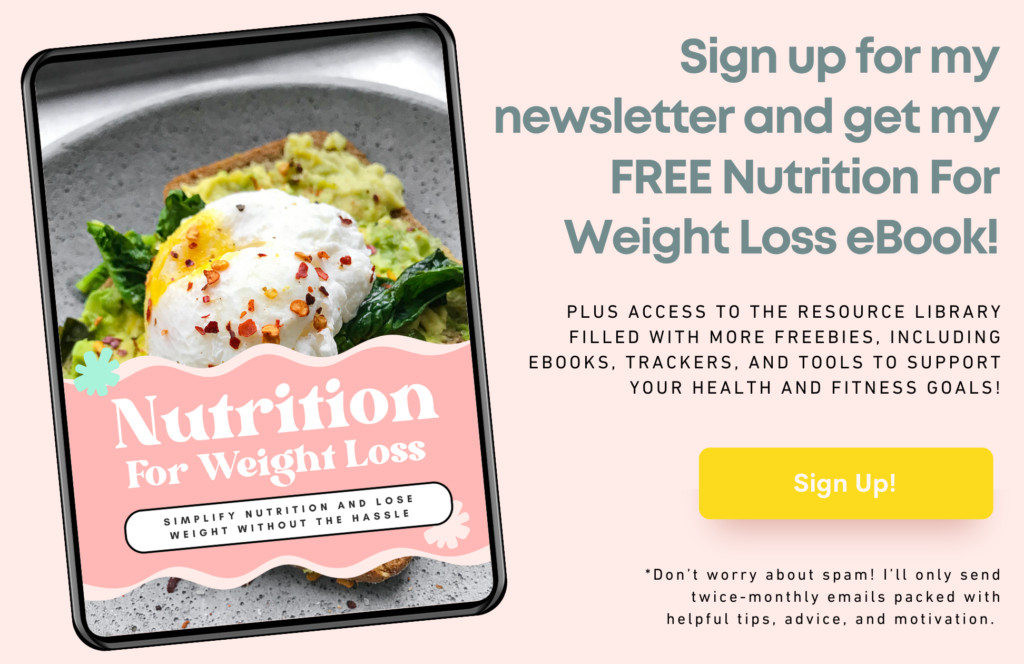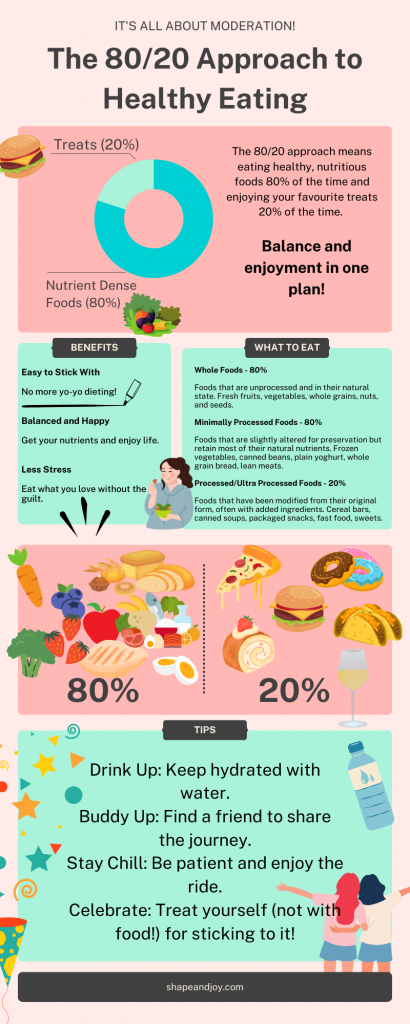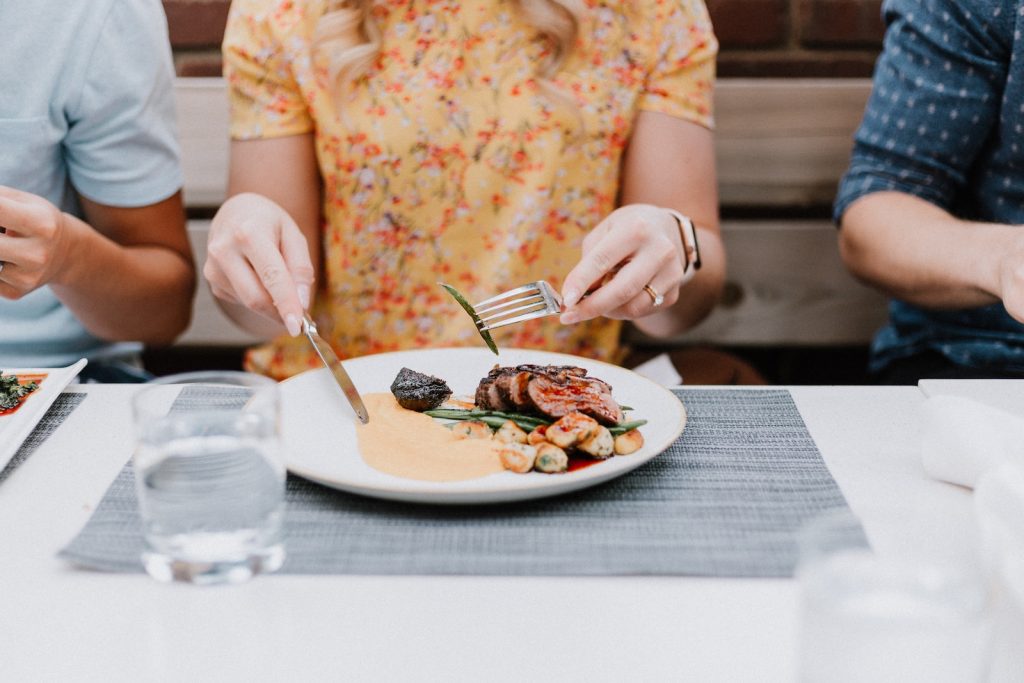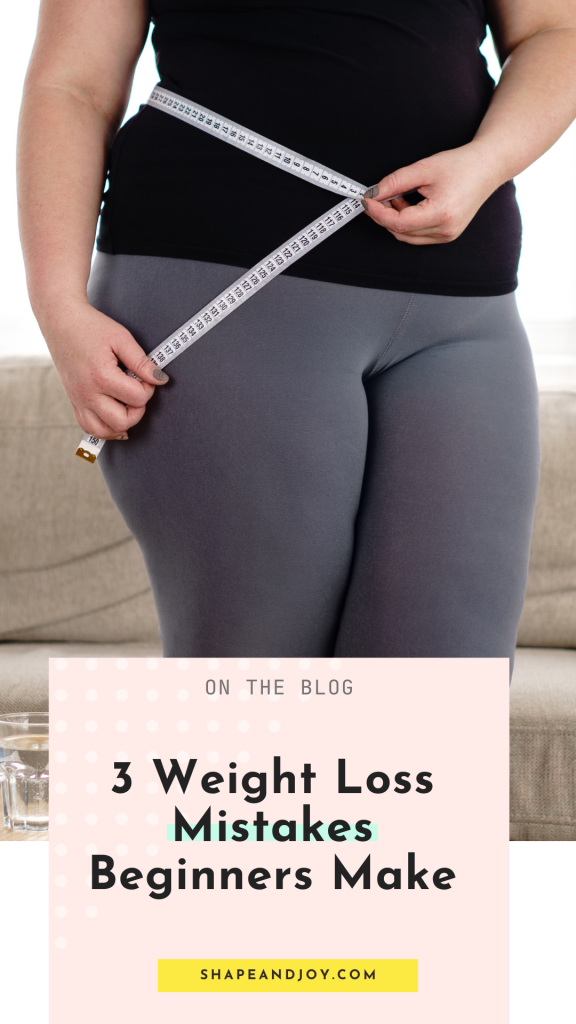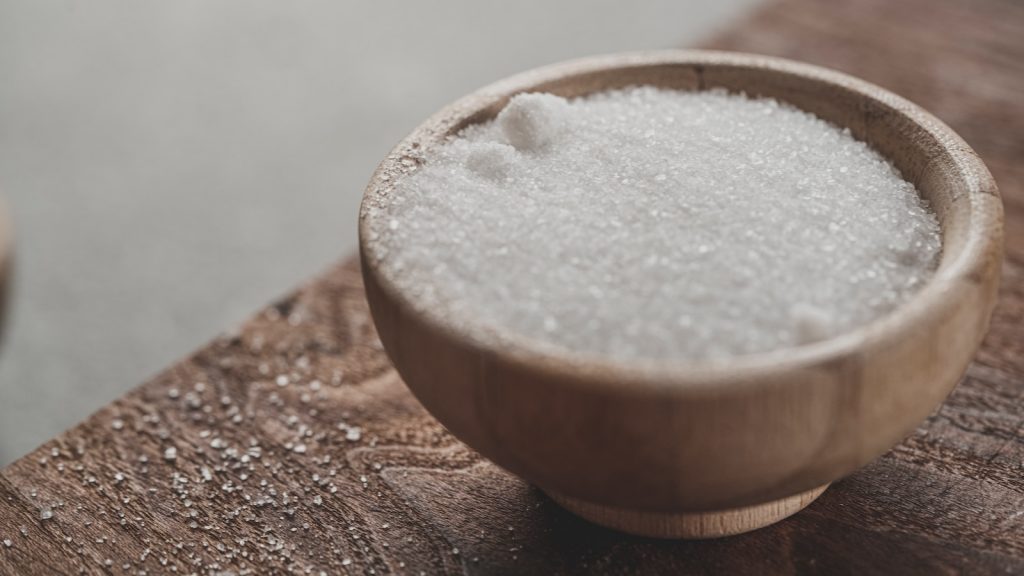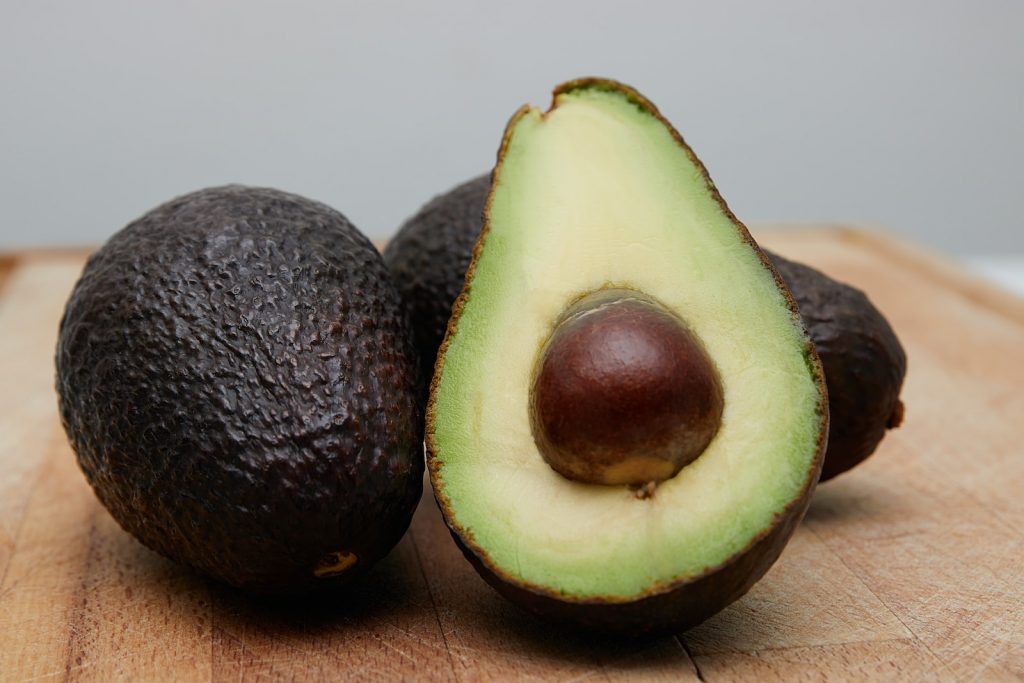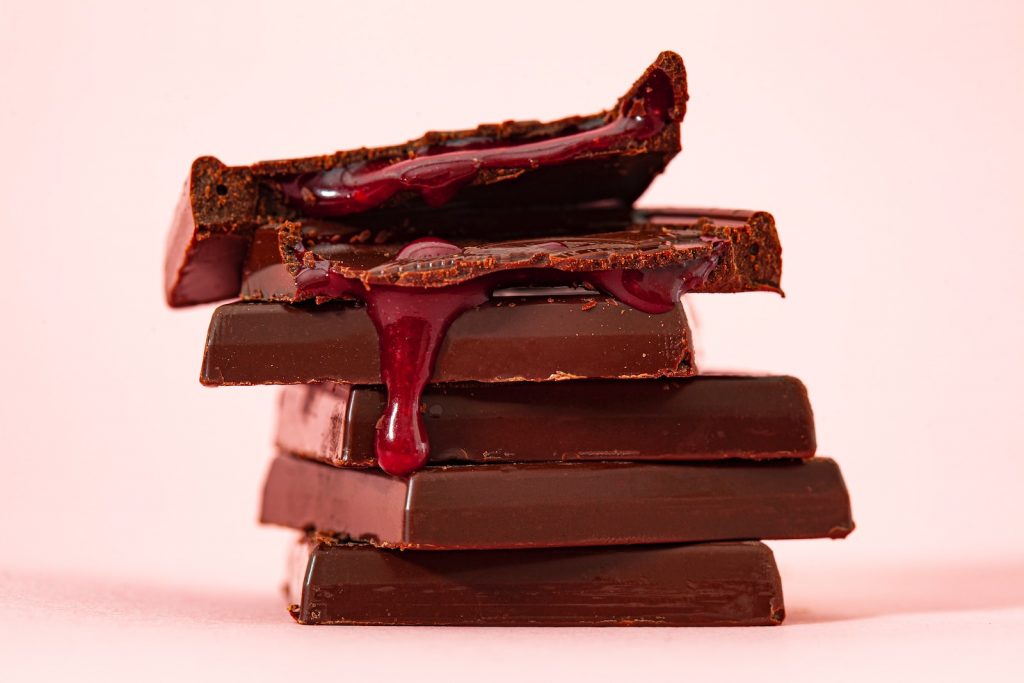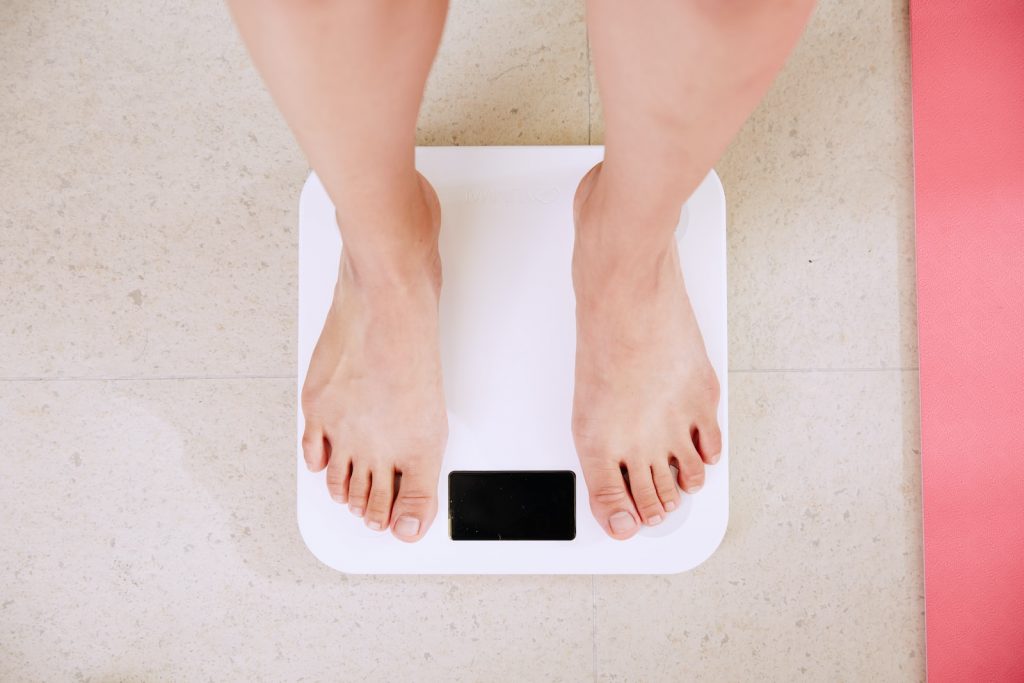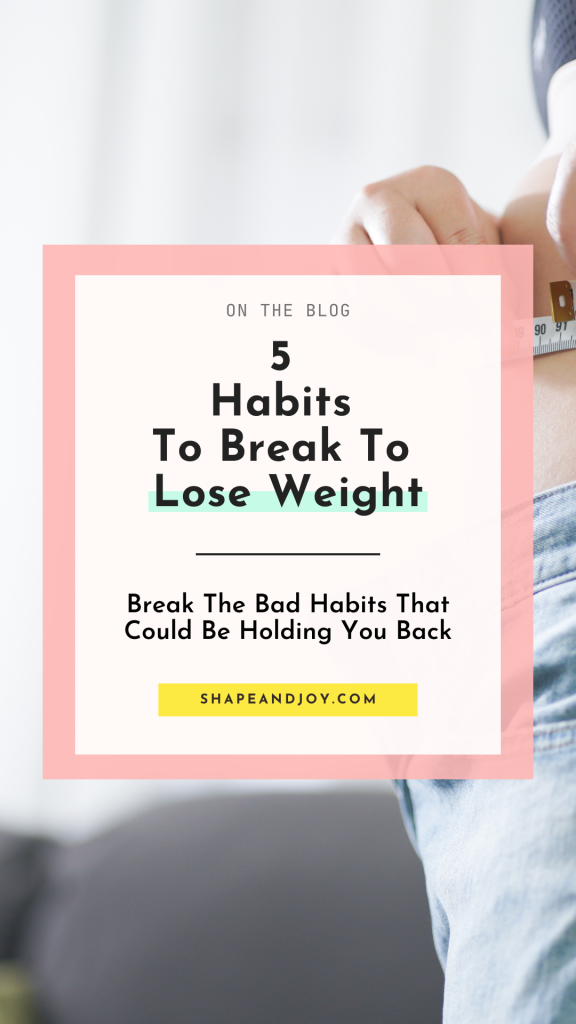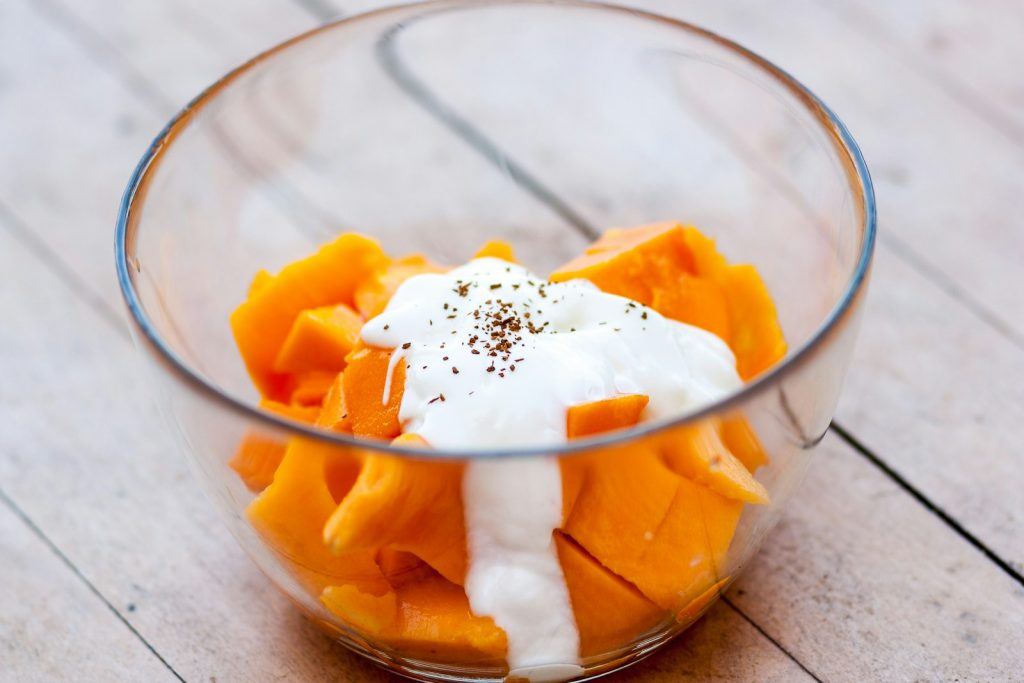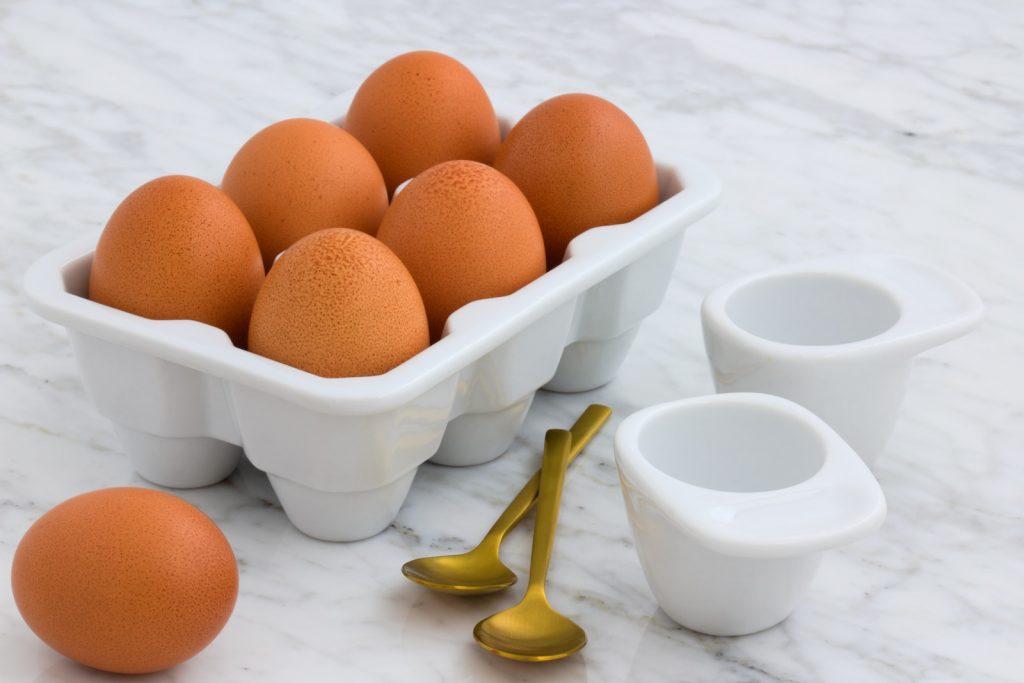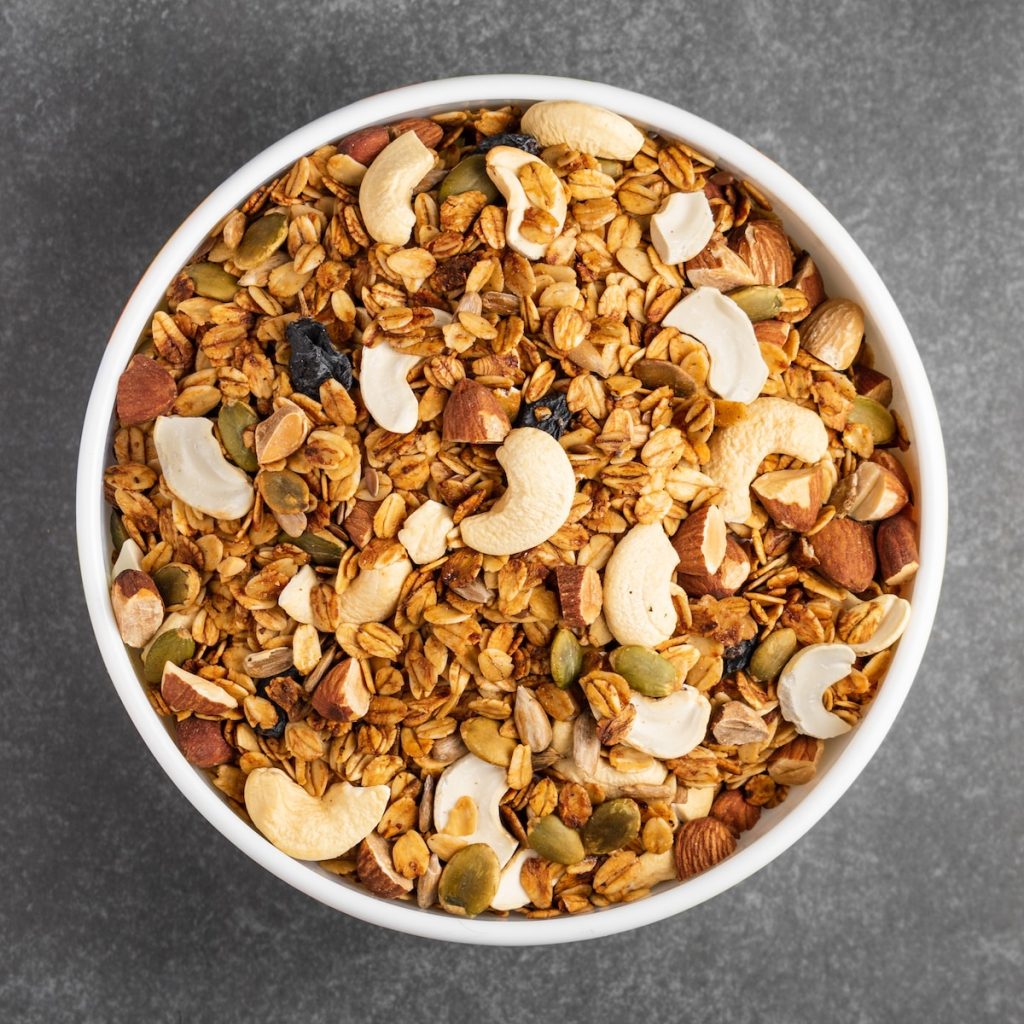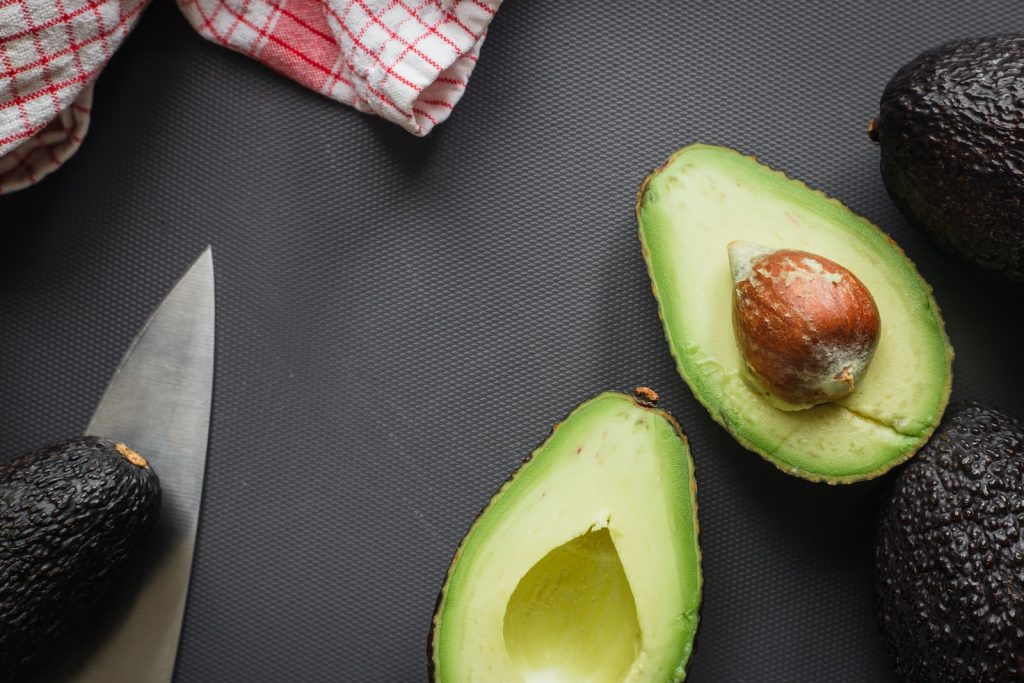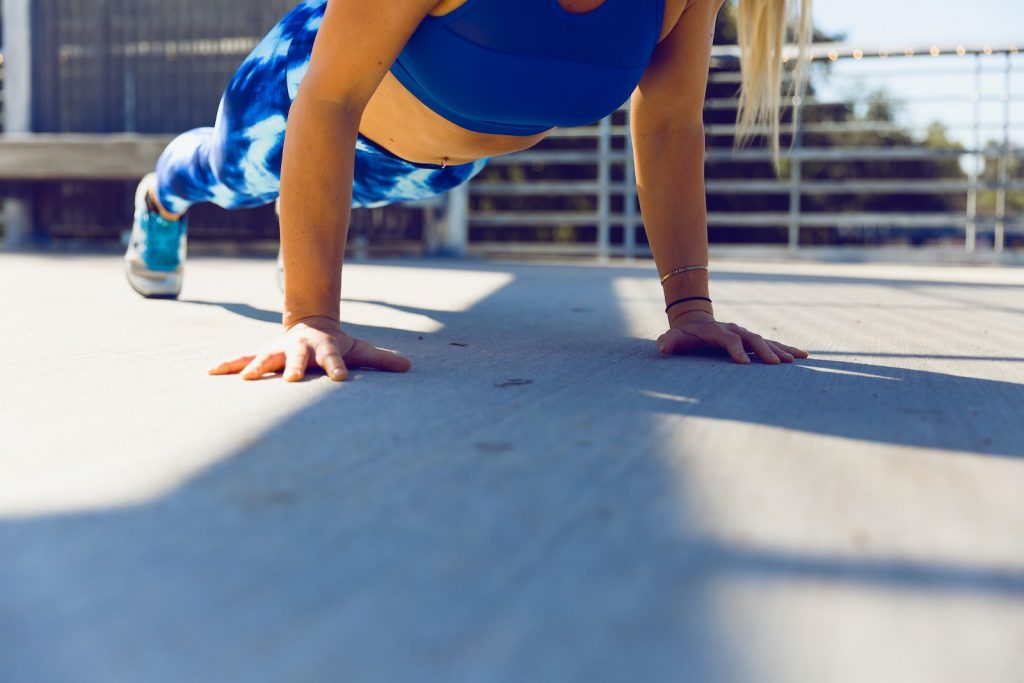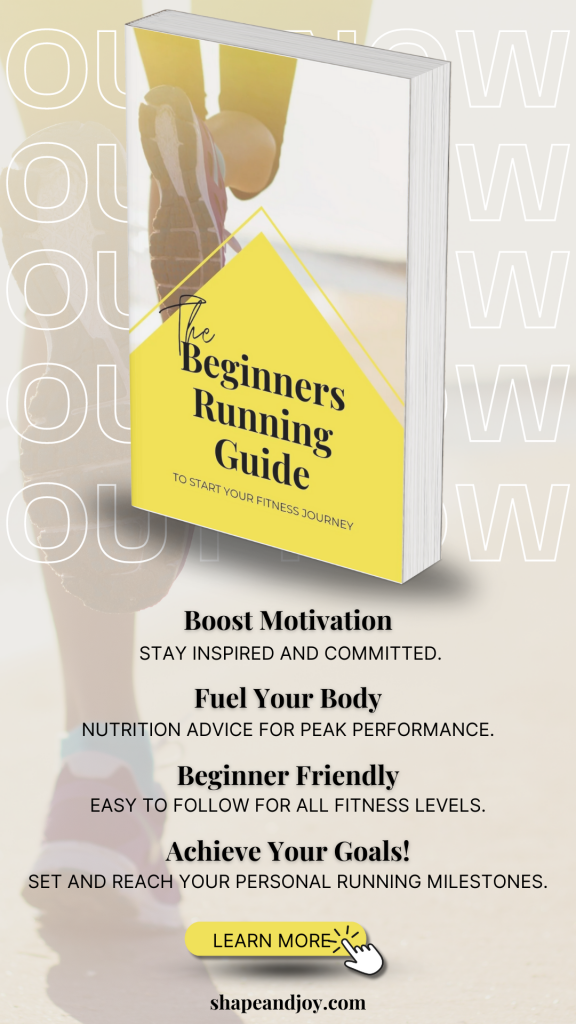How To Commit To Losing Weight In 2024
Introduction
As we step into the new year, many of us find ourselves setting resolutions, and for a significant number, weight loss often tops the list. However, the key to successful and lasting weight loss isn’t found in crash diets or extreme workout routines but in making small, sustainable changes to our daily habits. Learn how to commit to losing weight in 2024 by focusing on manageable lifestyle adjustments, setting realistic goals, and discovering joy in the journey.

1. Commit To Small, Sustainable Changes
Rather than overhauling your entire lifestyle overnight, consider incorporating small, sustainable changes into your daily routine. This approach not only makes the process more manageable but also increases the likelihood of long-term success. Start by identifying one or two habits you think can help you lose weight that you can change, like opting for a piece of fruit instead of a sugary snack or taking the stairs instead of the elevator.
Committing to your goals doesn’t mean skipping social events. I’ve got tips on balancing both in Navigating Social Events and Weight Loss.
2. Set Realistic Goals
When you really want to commit to losing weight, setting achievable goals is so important for maintaining motivation and staying on track. Instead of aiming for a drastic weight loss within a short period, establish realistic and measurable objectives. For example, target losing one to two pounds per week, which is considered a healthy and sustainable rate. Break down your larger goal into smaller milestones, celebrating each achievement along the way. This approach not only boosts your confidence but also reinforces positive behaviours.
Commitment starts with setting the right goals. If you need help crafting yours, check out Smart Weight Loss Goals.
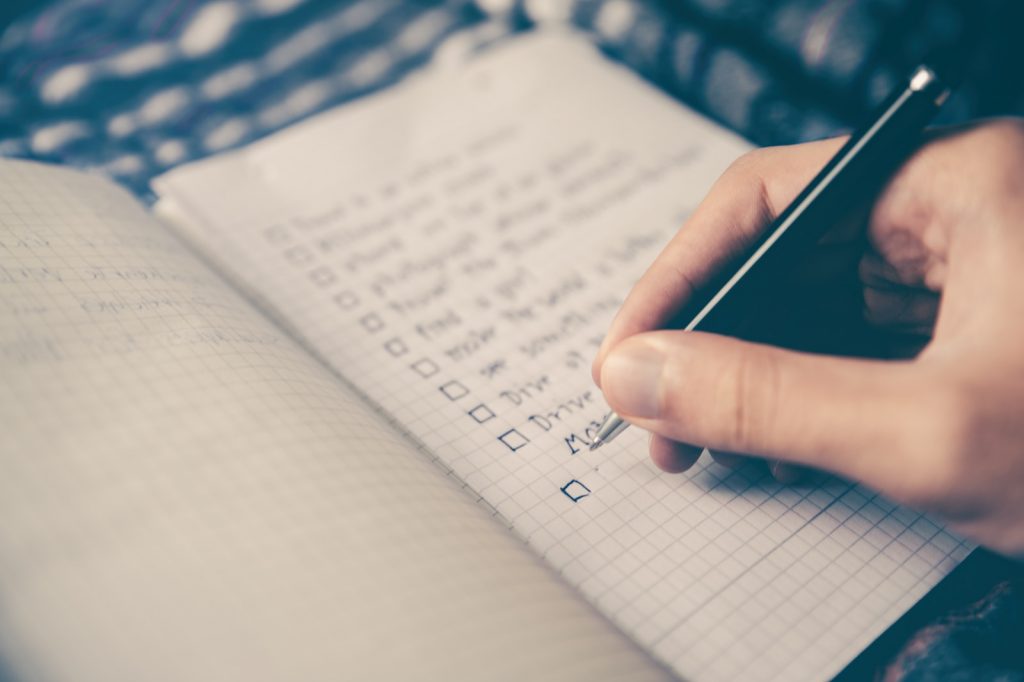
3. Find Joy in Exercise
Exercise doesn’t have to be a chore; it can be a source of joy and fulfilment. Explore as many different activities as you need to until you find something you genuinely enjoy. Whether it’s dancing, hiking, swimming, or practicing yoga, the key is to make it fun. Engaging in activities you love not only makes exercise more enjoyable but also increases the likelihood of sticking to a regular routine. Find yourself a workout buddy or join group classes to add a social aspect, turning exercise into a shared experience!
10 Simple Tricks For Making Exercise A Daily Habit
4. Make Nutrient-Rich Choices
Focusing on the quality of your food is as important as the quantity if you want to lose weight. Instead of restrictive diets, concentrate on making nutrient-dense choices that focus on satiety. Including a variety of whole foods like fruits, vegetables, lean proteins, and whole grains, which should make up around 80% of your diet. Experiment with new recipes and cooking methods to make healthy eating an exciting and enjoyable part of your routine.
It’s not about deprivation but about nourishing your body with the fuel it needs to thrive.
5. Losing Weight By Getting More Sleep
The importance of adequate sleep and effective stress management in weight loss is often overlooked. Lack of sleep and chronic stress can disrupt your body’s hormonal balance, leading to increased cravings and overeating. Aim for 7-9 hours of quality sleep each night and explore relaxing activities like meditation, deep breathing exercises, or engaging in active hobbies you love. A well-rested and stress-free body is better equipped to make healthy choices and maintain a balanced weight.
Is Sleep Important For Weight Loss?
6. Stay Hydrated

Sometimes, the body can mistake thirst for hunger, leading to unnecessary snacking, so ensure you drink enough water throughout the day! Not only does proper hydration support overall health, but it can also help control appetite and promote weight loss. Keep a reusable water bottle with you as a reminder to drink water consistently.
7. Monitor Progress and Adjust Accordingly
Regularly track your progress, but don’t be too hard on yourself if things don’t go as planned! Weight loss is a journey with ups and downs, and it’s essential to stay flexible and adjust your approach as needed. If you are miserable, you’re doing it wrong! If you encounter challenges, reassess your goals, celebrate the successes, and modify your habits to better align with your lifestyle and preferences.
Staying committed is all about consistency. I’ve shared tips on keeping steady progress in Consistency Over Motivation.
Conclusion
When you really commit to losing weight it’s not about quick fixes or drastic measures. It’s about making sustainable changes to your habits, setting realistic goals, and finding joy in the process. By embracing small adjustments, prioritizing enjoyable exercise, and focusing on overall well-being, you can create a foundation for long-term success. Remember, the journey to a healthier you is a marathon, not a sprint. Start small, stay consistent, and celebrate every step toward a happier and healthier life.

